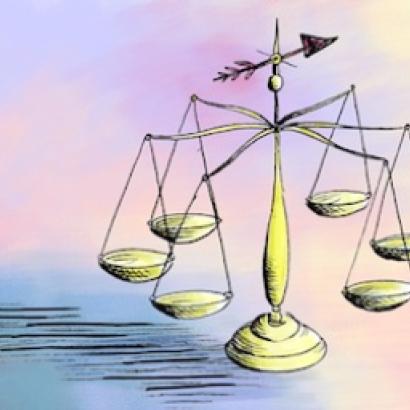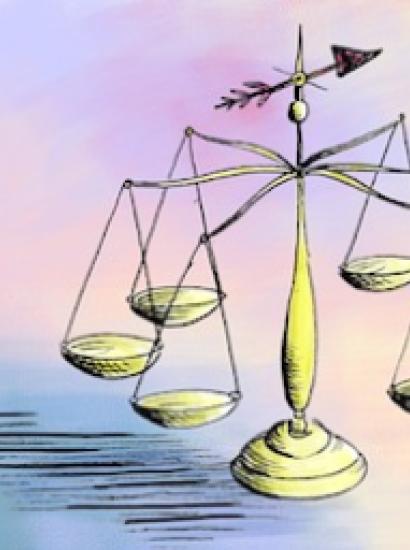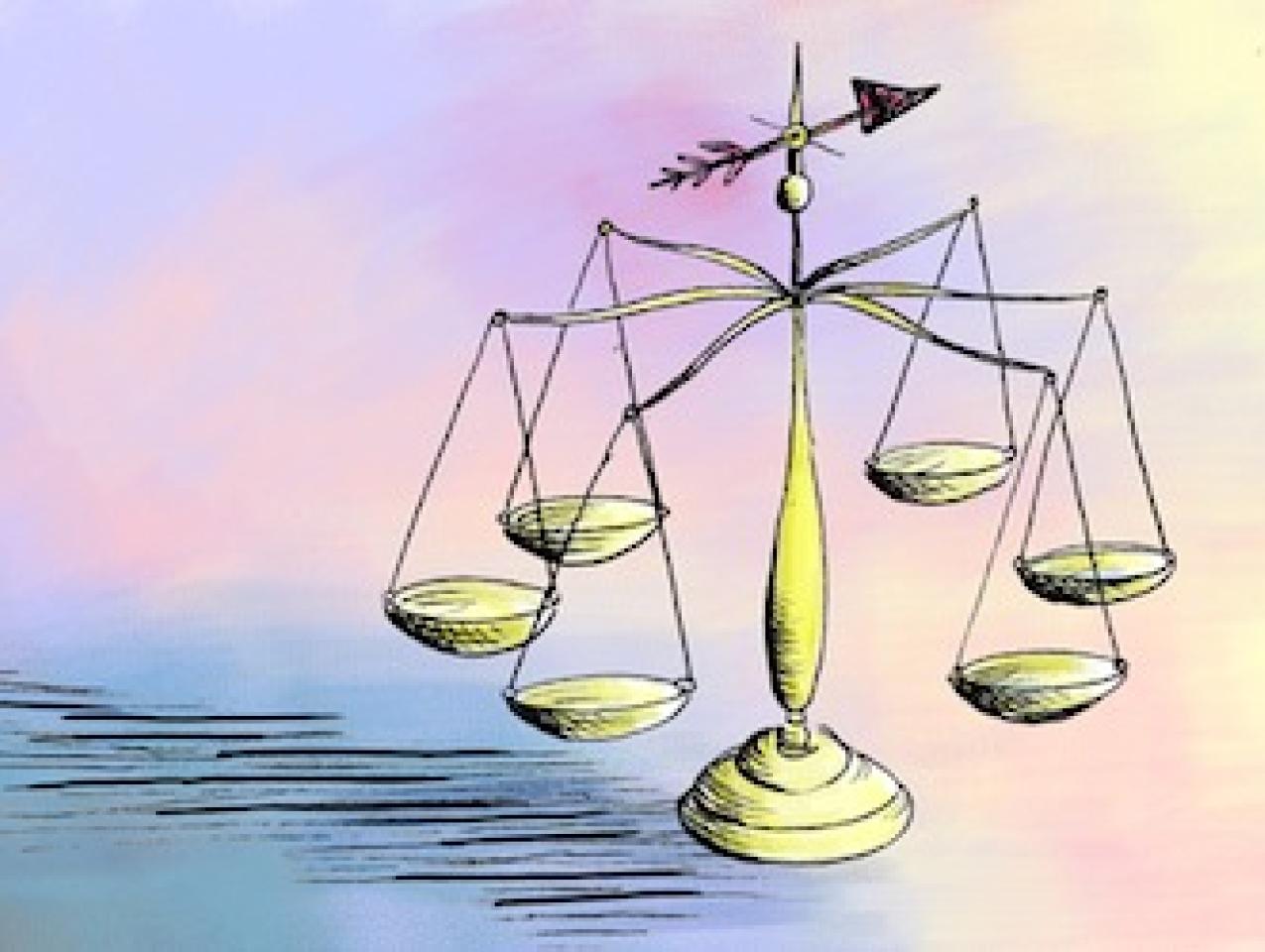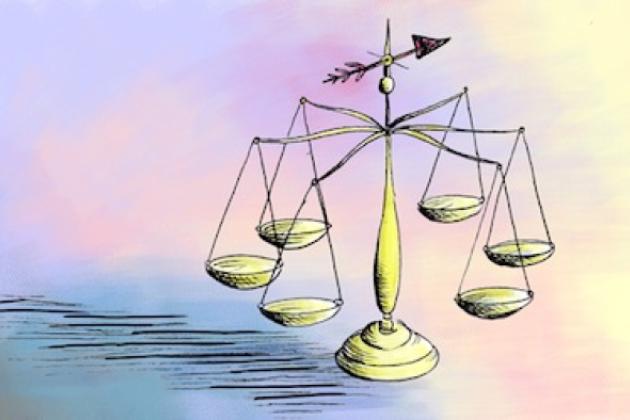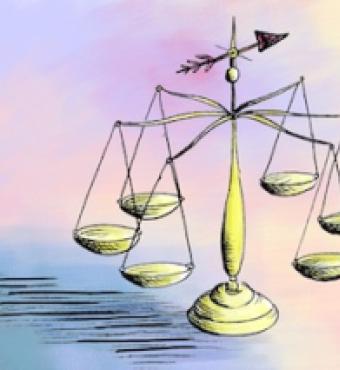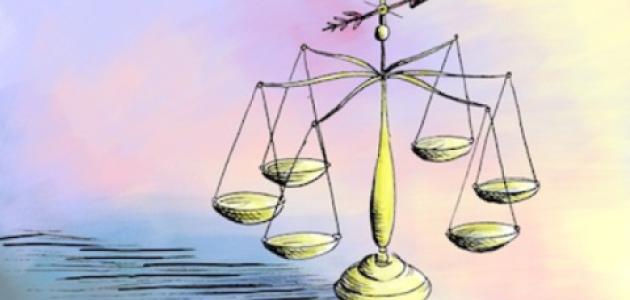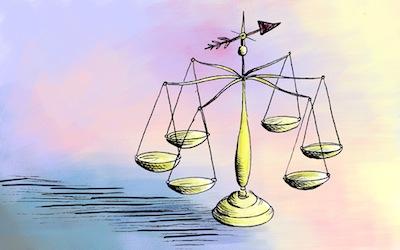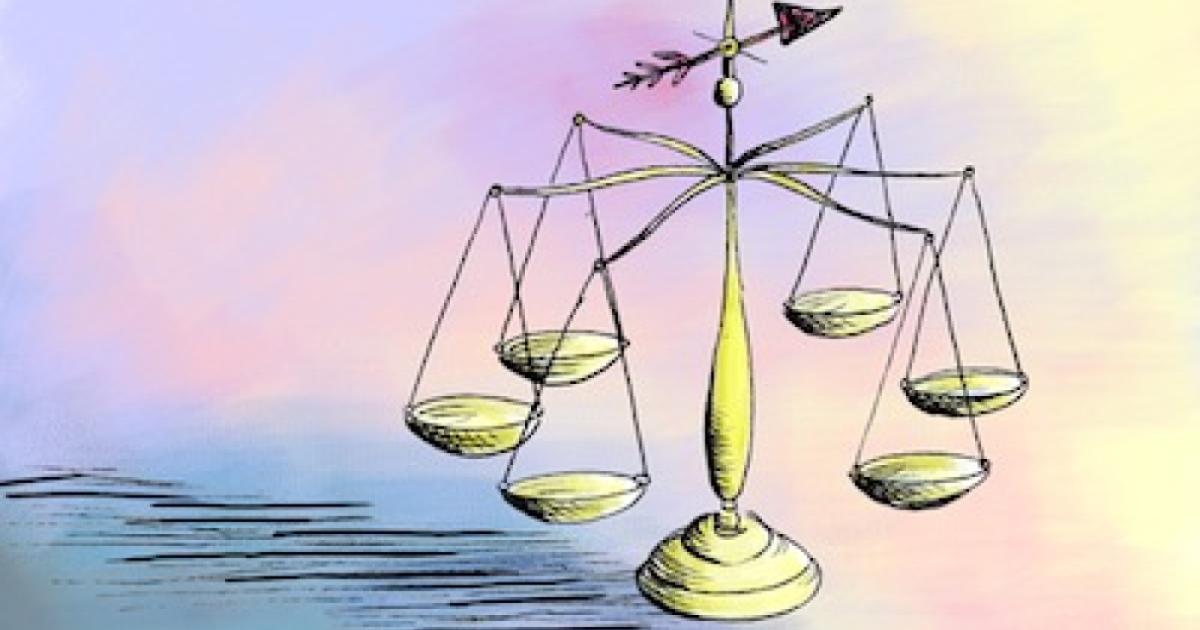- Law & Policy
- Regulation & Property Rights
- Economics
According to the American Bar Association’s Model Code of Professional Conduct, a lawyer is responsible to “zealously assert…the client’s position under the rules of the adversary system.” Because lawyers are also “officer[s] of the legal system,” zealous advocacy must be limited to arguments consistent with the rule of law. In other words, lawyers cannot ethically assert that the law is what they know it is not.
For government lawyers, meeting these two responsibilities can be particularly challenging. Zealous defense of government authority and action can undermine rule of law values if the result is that private citizens are left without reasonable notice of the extent of government authority or the legality of government action.
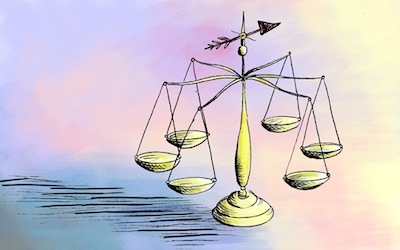
Illustration by Barbara Kelley
The temptation to assert that the law is what no reasonable person would have understood it to be is powerful, and seemingly consistent with the responsibility to be a zealous advocate. The traditional methods of legal education encourage prospective lawyers to search the case law, statutes, and regulations for some tool that, though designed for a wholly different purpose, might be relied upon to transform the law in pursuit of ends thought to be meritorious. Legal representation thus becomes as much about creating new rights and promoting new policies as it is about defending the vested rights and authorities of the client.
A recent New York Times editorial illustrates the appeal of creative legal representation. The Times lamented that the United States Department of Justice had closed its criminal investigation of Goldman Sachs. As a consequence, said the Times, “it became all but certain that no major American banks or their top executives would ever face criminal charges for their role in the financial crisis.” The Times noted that President Obama and DOJ officials defended the prosecutorial inaction as a recognition that “even though greed and other moral lapses were evident in the run-up to the crisis, the conduct was not necessarily illegal.”
But the Times objected that the conclusion that the banks and their officers engaged in no illegal activity, or lacked the requisite intent if they did, “has always defied common sense.” In other words, there must be a law somewhere that makes these activities illegal. What’s missing, suggested the Times, is not intent, “but creative thinking on the part of federal prosecutors about the web of federal statutes that could be brought to bear on potential cases.”
The Dangers of Discretion
Examples of such creative thinking on the part of federal lawyers are legion. Countless federal laws enacted for clear and specific purposes have been subsequently relied upon by federal prosecutors and regulators to pursue objectives not intended by Congress. Of course, courts can reject such creative legal interpretations by agency lawyers, and Congress can amend the law to make clear its intentions. But inertia is the dominant force in the legislative branch, and the high costs of litigation often lead defendants to settle and those regulated to comply rather than to challenge government lawyers’ creative interpretations of the law.
As the Obama administration has demonstrated repeatedly, a model for such legal creativity exists at EPA and other federal agencies. Former EPA general counsel Donald Elliot explained in a 2005 law review article that, prior to his tenure, EPA lawyers “gave legal advice as a point estimate, e.g., ‘the statute means this. There is only one meaning to the statute.’” Now they “attempt to describe a permissible range of agency policy-making discretion that arises out of statutory ambiguity.”
“[S]tatutes,” he said, “no longer possess a single prescriptive meaning on many questions; rather, they describe what I call a ‘policy space,’ a range of permissible interpretive discretion, within which a variety of decisions that the agency might make would be legally defensible to varying degrees.”
Elliot argued that statutory interpretations with “policy space” have the benefit of limiting opportunities for agency lawyers to impose personal policy preferences, thus leaving agency experts more discretion in selecting among policy alternatives. Better to leave the policy choices inherent in statutory interpretation to agency experts, says Elliott, both because they are better equipped for the task and because it conforms to the Supreme Court’s command (in Chevron v. NRDC) that courts defer to “permissible [agency] constructions” of statutes.
Chevron is rooted in much of the same theory as Elliott’s prescription for expansive interpretations of federal statutes. Both rest on the premise that statutes are inevitably ambiguous. Congress cannot possibly anticipate every potential application of a law, and the give and take inherent in lawmaking leads to statutory language sufficiently vague to accommodate differing views. Elliott is concerned with limiting agency lawyer discretion in filling the void. The Supreme Court’s Chevron deference principle serves to reduce the judicial lawmaking inherent in filling statutory gaps. Both leave whatever law making there must be to the agency bureaucrats.
One reason to object to Chevron deference in general and to Elliott’s prescription for creating “policy space” for bureaucrats in particular is that, under the Constitution, Congress, not the executive, is supposed to write the laws. While agencies may be more politically accountable than courts staffed by judges serving life terms, accepting independent law-making authority in either branch of government requires turning a blind eye to the constitutional separation of powers. No doubt some amount of lawmaking cannot be avoided in the interpretation of statutes enacted through compromise and without omniscience, but in the spirit of the separation of powers, the interpretive philosophy should be one of restraint and deference to Congress.
Ambiguity Abounds
Putting aside the decades-long debate over Chevron and its progeny, however, there remain other important reasons to be skeptical of Elliot’s prescription for expert policy making and the Times’ call for creative lawyering at DOJ.
Accepting that statutes are more or less ambiguous, it may be, as Elliott argues, that looking to agency lawyers to define the outer boundaries of ambiguity prevents them from selecting the single interpretation that best serves their policy preferences. But it still allows them to make sure their preference falls within the “policy space.” In other words, agency lawyers have an incentive to find ambiguity where none exists, giving agency experts an ever wider range within which to roam through policy alternatives. Meanwhile, the lawyers at DOJ can bring their own policy preferences to play as they second guess agency actions in exercising their prosecutorial discretion.
All of this discretion and ambiguity translates into uncertainty for those subject to federal regulation. This includes every business and every investor in the country. Either they will withhold investment in new ideas and new capacity pending regulatory clarification, or they risk civil or criminal penalties if they act and guess wrong. In the law of crime and criminal procedure, this sort of ambiguity is routinely found to constitute a denial of due process—void for vagueness. But in the regulatory arenas affecting businesses and economic activity, vagueness in statutes and discretion in federal agencies is valued for the creativity it allows to the vast federal bureaucracy.
Among the banks and financial officers the Times would like to see prosecuted pursuant to creative interpretations of one or another of a multitude of federal laws, there are surely some bad actors. But the vast majority in banking and every other business are honest people doing their best to comply with the law. The more discretion agencies exercise and the more creativity prosecutors bring to their indictments, the less incentive people will have to invest time and resources in productive activities. This isn’t to mention the lack of fundamental fairness inherent in a world of unbounded administrative and prosecutorial discretion.
Meanwhile, contrary to Chevron’s objective of limiting judicial lawmaking, judges are widely encouraged to creatively interpret both case and statutory law in the supposed judicial law-making traditions of the common law. Where legislators have failed to enact laws thought to be desirable, it is argued that courts should act to take up the slack.
Illustrative are dozens of cases filed in state and federal courts alleging that climate change constitutes a common law nuisance. Nuisance claims are also urged as a way for courts to limit economic developments resulting in the loss of “ecosystem services.”
Creative government lawyers in Montana recently claimed state ownership of submerged lands, notwithstanding over a century of federal and private ownership of those same lands. Though the Montana Supreme Court embraced the state’s argument, it was a little too creative for a unanimous U.S. Supreme Court. Personal injury law has witnessed similar creative lawyering and creative judging over the last several decades with the result that a system once based on fault is now based largely on compensation of victims, often without regard for fault.
The examples are many, and the result of creative interpretation of common law rules is the same as of creative interpretation of statutes. Ambiguity becomes a good thing because it leaves room for bureaucrats and judges to solve problems legislatures have failed to address. But ambiguity means uncertainty and bureaucratic and judicial discretion compromise the rule of law.
Modern government lawyers may think it antiquated, but Chief Justice Hughes’s admonition to “Uncle Sam’s” lawyers attending the 1931 Federal Bar Association bears repeating: “You are the servants of the laws and not of men. It is not your privilege to bend or distort the law to serve either public or private ends.” Nor should it be the privilege of today’s government lawyers to rummage through the vast accumulation of Congressional enactments for some obscure law that a creative judge might be persuaded to apply to ends never imagined by Congress.








